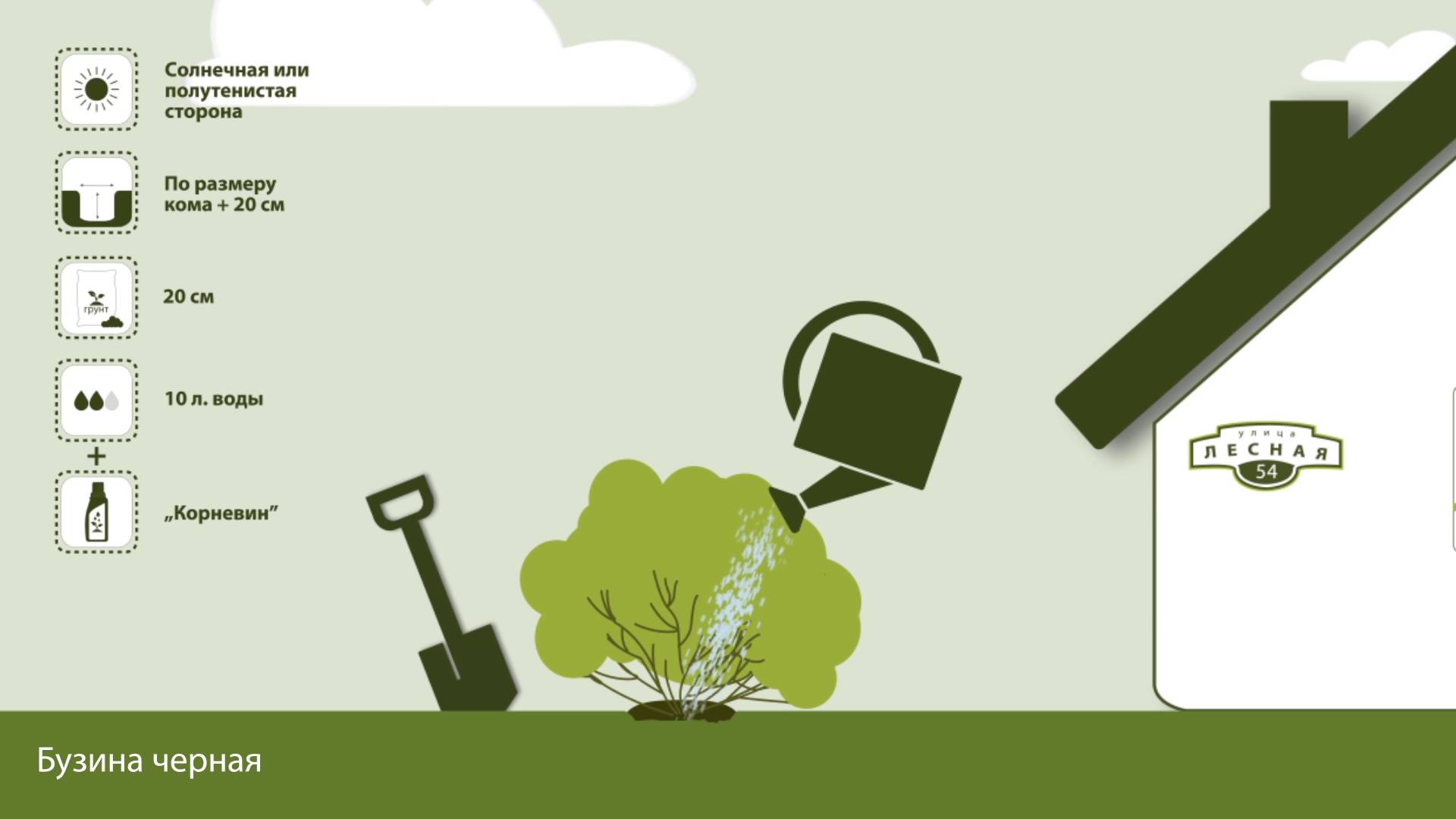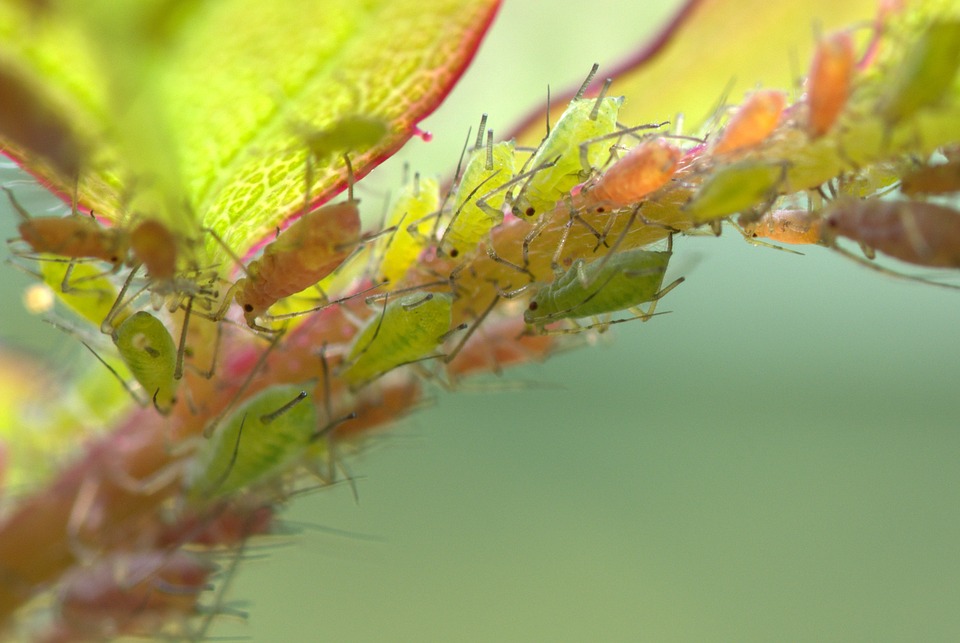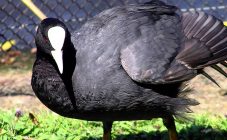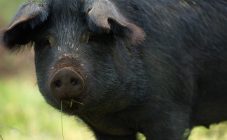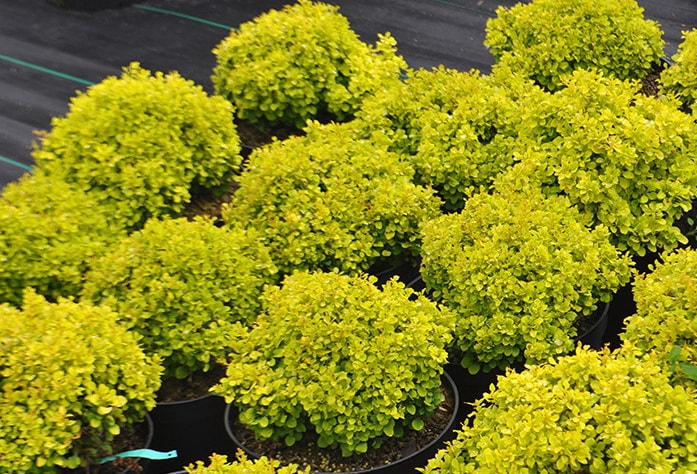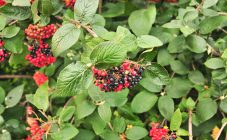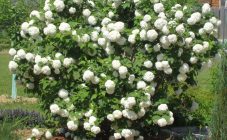Content:
The black elderberry Aurea has the greatest decorative value among all the species of this plant. Thanks to this property, the plant often becomes one of the best decorations for garden and summer cottages. The plant looks especially beautiful as a hedge. Black elderberry (in Latin Sambúcus nígra) Aurea differs from other varieties by its external characteristics and the value of berries.
Brief characteristic of the variety
The upright shrub has a wide spreading crown and thus attracts increased attention. The culture can grow up to 2.5 and even 3 m in height. The crown lends itself easily to formation and is capable of taking a vertical view or the shape of a ball.
Elderberry Aurea grows on forest edges and in parks. Gardeners prefer to plant crops along the perimeter of the land, using shrubs as protection from wind and dirt, which, along with a draft, can enter the plants. Also, the elderberry is placed near the resting place, since the smell exuded by the leaves scares away insects.
The culture is widespread in Europe, Ukraine, North Africa, Moldova.
Description of culture
Black elderberry Aurea is characterized by the following features:
- smooth bark is gray;
- the foliage is light green, yellowness is present at the tips of the leaves, completely yellow in autumn and spring;
- the maximum length of the sheet plate is 30 cm, it has teeth at the edges;
- the flowers are white, the inflorescences are racemose, they smell very nice;
- the diameter of the fruit is 5-7 mm, the berries are edible, juicy, black with a shiny surface.
Elderberry canadian Aurea does not require special care, easily tolerates lack of light, flooding, has frost resistance. But the bush is not able to withstand drought. It is recommended to prune the elderberry - this procedure rejuvenates the culture.
Similar varieties, with which Aurea can be easily confused, are:
- Elderberry Aurea;
- elderberry red Aurea;
- Laciniata.
The openwork, spreading crown of a cystic elderberry reaches a diameter of 3 m. The flowers are small, have a white color. Fruits are small, dark purple in color.
Landing
A month before the procedure, a hole is prepared with a depth of 80 cm and a diameter of 50 cm. When digging a hole, 2 heaps of earth are formed - from the top of the soil and from the bottom. If you plan to grow an elderberry in the shape of a tree, it is recommended to drive a wooden stake into the hole, on which it will lean in the process.
The upper soil is mixed with 7 kg of fertilizers (phosphorus, potassium and humus) and 1/3 of the resulting mixture is poured onto the bottom of the pit. Before planting a culture, it is loosened and a seedling is placed there. Then soil without fertilizer is poured into the hole (bottom layer), and then the upper part of the soil is formed with fertilized soil. As a result, the root collar should be slightly above the ground. Then the soil is trampled down and watered with plenty of water.
Care
It is recommended to use lime on the trunk and skeletal branches of the elder tree every spring. Then disinfection is carried out with garden varnish (potassium permanganate can also be used instead). You should also carry out molding pruning of the plant, after which you need to disinfect the culture with Bordeaux liquid. When the shrub has faded, it is processed a second time in order to prevent diseases and protect against pests.
Diseases and pests
The shrub rarely suffers from diseases and parasites. The only pest that affects her is aphids. To prevent its spread and attack on the plant, in spring, elderberry is treated with karbofos. Sometimes the culture gets sick with powdery mildew. In this case, the shrub must be sprayed with a fungicide.
Elderberry in landscape design
Black elderberry is a very beautiful shrub, therefore it is great for decorating garden plots. In a small area, the black elderberry Aurea is suitable for creating a single-row hedge. Thanks to the unusual foliage and bright flowering, you can decorate with elderberry almost any decorative composition consisting of large, compact shrubs.
Growing elderberry Aurea in the garden is not difficult at all. If you provide the culture with basic care, the plant will respond with lush, long flowering, emitting a pleasant aroma, and will delight you with abundant fruiting. In addition, elderberries are very healthy and tasty.
